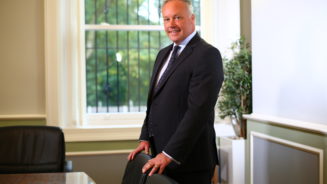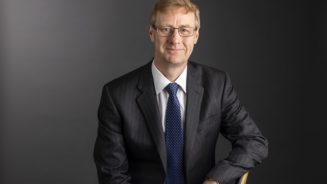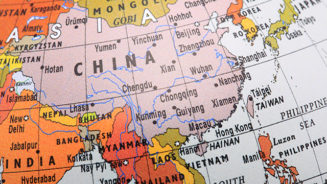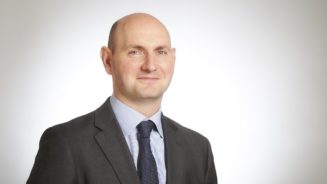The underlying portfolio, actively managed both tactically and strategically on an unconstrained global remit, by contrast had 49.9% in equities at the start of January 2014.
“We slashed completely the equity exposure in the middle of October when we felt that there was a technical rally shaping up and then increased back. Lately, we’ve cut it again, very tactically and fast.” said Paris-based Didier Saint-Georges, partner and investment committee member.
He manages the exposure using futures on big indices, which he says are very liquid cheap and easy to trade instruments.
“In the past ten days, we’ve taken hedging on the S&P, on the Eurostat, on the Korea Stock Exchange Kospi Index and on the Nikkei. Who knows, we might buy back those futures next week.”
Apart from the “obvious questions as to the pace of the recovery”, Saint-Georges said what might make the market quite rocky this year is the risk that the markets get increasingly concerned by the capacity of central banks to offer the safety net that they’ve offered over the past three or four years.
“That’s the kind of thing we desperately want to watch very carefully”, he said.




